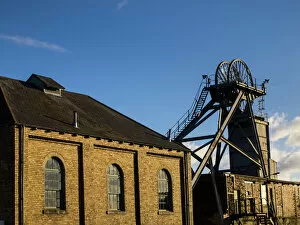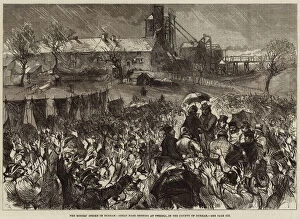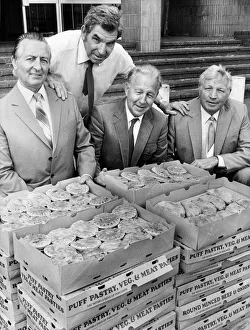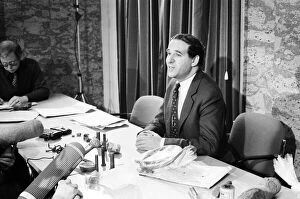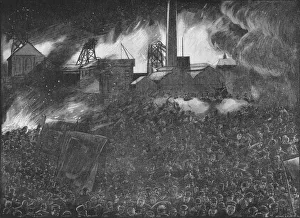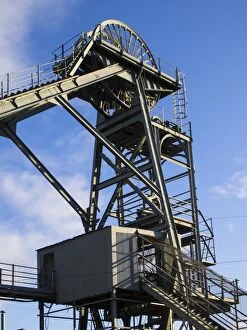Miners Strike Collection
"Remembering the Miners Strike: A Historic Battle for Workers' Rights" In 1984-1985
All Professionally Made to Order for Quick Shipping
"Remembering the Miners Strike: A Historic Battle for Workers' Rights" In 1984-1985, England witnessed a momentous event that would forever shape its industrial landscape. The Miners Strike, an intense struggle between coal miners and the government, unfolded in various regions across the country. One such battleground was Northumberland's Woodhorn Colliery Mining Museum, where memories of this pivotal time are preserved. Pictured at the heart of this conflict is Chief Superintendent Bryan Meadows, whose presence symbolized the tense atmosphere surrounding the strike. His image serves as a reminder of both the determination of miners and their adversaries. Durham became another focal point during these turbulent times. Great mass meetings were held at Twizell in County Durham, depicted through powerful engravings capturing the unity and resilience displayed by striking miners. The Lock-Out in South Wales also left an indelible mark on history. Engravings from that era depict scenes of unrest and resistance as workers fought for fair treatment amidst challenging circumstances. Looking further back into history reveals similar struggles faced by mining communities. Featherstone riots in 1893 saw soldiers firing upon people demanding better working conditions—a stark reminder of past injustices endured by those toiling underground. Even before these events, miners had been no strangers to adversity. In 1972, they embarked on another strike captured through poignant images like ash bins overlooking Monmouthshire Valley—an emblematic representation of their fight against oppressive conditions. Throughout this tumultuous period, individuals like Mr Emilyn Jenkins emerged as beacons of hope for their fellow miners. As agents advocating for workers' rights in Aberdare and beyond, they played crucial roles in galvanizing support and fostering solidarity among laborers fighting for a just cause. At Sheffield Police headquarters press conferences held during this time frame—attended notably by Conservative Home Secretary Leon Brittan—the gravity of these clashes became evident to all parties involved.

